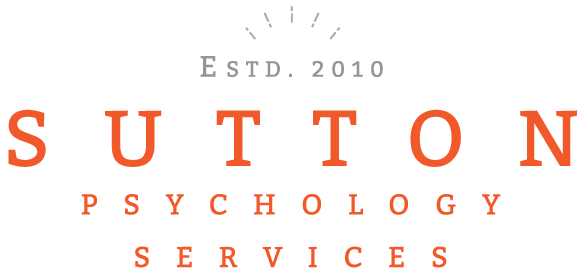C O N S U L T I N G
S E L E C T I V E E A T I N G services include a behavior analytic approach to identifying and treating picky eating behaviors for children and adolescents, as well as parent training on interventions.
Food Selectivity / Selective and Picky Eaters
At Sutton Psychology Services we provide in-person and remote behavioral consultation to parents who are dealing with their child’s food selectivity. Consultation provides individualized step-wise behavioral management skills to reduce food selectivity (e.g., picky eaters, ARFID, selective eaters, faddy eaters). The strategies reviewed and individualized during sessions can help parents of children along the continuum of food selectivity; from passively-avoidant picky eaters to children who display challenging behaviors at mealtime.
The following is a brief overview of how food selectivity may present in children, as well as some resources that may be helpful in your search to support your child…
Children develop a pattern of selective eating patterns over the course of weeks, months, and years
Selective eating can be the result of genetic, psychological, and triggering events (e.g., choking)
Even if a child seems to be more sensitive to taste, visual presentation, smell, texture or other sensory aspects, most children can learn to eat a wide variety of foods
What is selective eating? Thing to know: It occurs on a broad continuum!
From a parent(s) perspective, probably something like…
“My child won’t try anything new!”, “My child hardly eats anything!”
Limited diet
Specific Food preferences – placement, closeness of foods to one another, temperature, eats foods in specific form
ARFID (Avoidant/Restrictive Food Intake Disorder):
Three types: Lack of Interest, Sensory Avoidance, Fear of Aversive Consequences
How did my child become a selective eater?
Medical issues – this should always be ruled out before seeking behavioral consultation for selective eating
Problems with sleep – evokes irritability and lower threshold for variation and novelty
Conditioned taste aversions - association of certain foods with symptoms of being sick or other aversive effects in environment (e.g., smells, sounds, visuals)
Patterns of eating that become increasingly restricted over time
What are the most effective interventions for selective eating behaviors?
Most food selectivity interventions include multiple treatment components, such as:
Positive reinforcement (e.g., reward system, behavior contracts, praise)
Incremental changes
Support from multidisciplinary providers (e.g., dietician, therapist, etc.)
(Freeman & Piazza, 1998; Anderson & McMillan, 2001; Najdowski et al., 2003; McCartney et al., 2005; Ahearn et al., 2001; Ahearn, 2002)
Resources for Parents
These books present behavioral interventions to successfully expand children's diet variety and preferences
Other Services
-
We provide autism assessments to assess an individual’s level of functioning, provide diagnostic clarification … More >
-
In cognitive behavioral therapy (CBT) individuals learn a set of skills to help them better handle situations … More >
-
At the request of a family or school district, we provide Independent Educational Evaluations (IEEs) for students … More >
-
We provide a form of applied behavior analysis (ABA) known as a naturalistic developmental behavior intervention (NDBI) … More >


